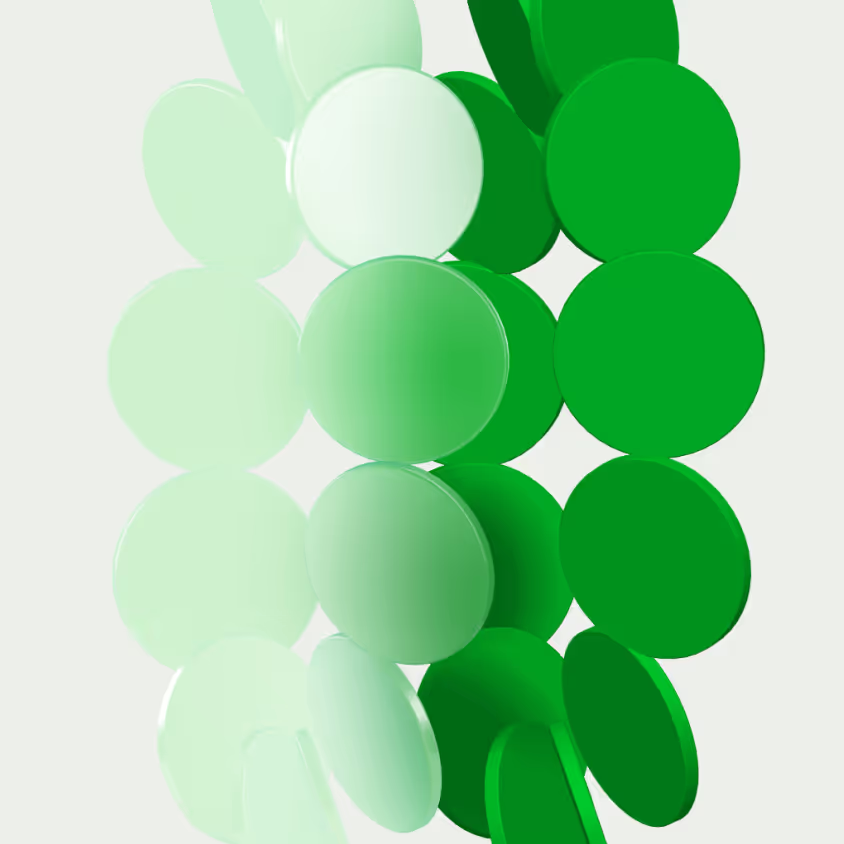Commodity CFDs
Trade a broad range of commodity CFDs, including metals, energies, and agricultural products, without needing to own the underlying assets.
Trade economic fundamentals
GO Markets' platforms give you the tools and resources you need to navigate the commodities market with access to popular instruments, including crude oil, natural gas, wheat, soybeans, and more.
Speed when you need it
Low-latency commodity CFD trade execution and efficient price feeds.
Flexible leverage options
Make the most of your initial investment with leverage available up to 20:1 for retail traders.
Competitive spreads
Keep your trading cost-effective with tight spreads across our full range of commodity CFDs.
See commodity spreadsSupport whenever you need it
Our multilingual customer support team is available 24/7.
Accessible price point
Commodities attract lower costs than other instruments, making them a more affordable option for traders.
Flexible trading strategies
Commodity CFDs allow you to trade short, creating opportunities even in bearish markets.

Go further with
GO Markets.
Explore thousands of tradable opportunities with institutional-grade tools, seamless execution, and award winning support.
Popular commodity CFDs
Metals CFDs
Trade on the price movements of gold, silver, and other metals with institutional-grade tools, ultra-fast execution, and award-winning support.
Soybean CFDs
Soybeans’ global use as a source of protein, vegetable oil, and in various consumer and industrial goods makes for a dynamic market to trade in.
Crude oil and natural gas CFDs
As the world’s primary energy source and a market that is sensitive to supply disruption, there are ample opportunities for traders to take advantage of energy CFDs in almost all market conditions.
Wheat CFDs
Gain exposure to the world of agricultural commodities by speculating on one of the world’s most essential crops.

Flexibility to trade a fraction of the standard contract
Commodities are traded using standard-sized lots – e.g., 1,000 barrels of crude oil. When trading commodities with GO Markets, you are trading them as a CFD, which gives you the flexibility to trade a fraction of the standard contract.
Instead of trading 1,000 barrels of oil, you could trade as low as 1 barrel of oil. This is particularly useful if you are just starting out, as you can set aside a smaller amount of your trading capital to get exposure.

Approach to trading commodity CFDs
When trading commodity CFDs, it’s important to understand the underlying commodity itself and the specific considerations that come into play with each one.
The price of oil, for example, can be significantly impacted by supply distributions and geopolitical events, while gold tends to be seen as a safe-haven asset during times of economic uncertainty.
Events like trade wars, tariffs, extreme weather events, seasonal consumption patterns, and technological advancements all need to be taken into consideration when trading commodity CFDs.
Understanding the risks
Leverage risk
Leverage trading magnifies both gains and losses. This means you can lose more than your initial capital, especially in fast-moving markets
No ownership of underlying asset
When trading CFDs, you do not own the underlying asset. As a result, you're not entitled to dividends, voting rights, or other shareholder benefits.
Spread risk
Although GO Markets offers competitive, exchange-like spreads, spreads may widen significantly during periods of high volatility or low liquidity. This can increase your trading costs and impact your trading outcomes.
Commodity CFD trading strategies
Technical analysis, fundamental analysis, and sentiment analysis can all be used when trading commodity CFDs.
Technical analysis involves studying charts and using indicators to identify trends and potential entry and exit points.
Fundamental analysis involves studying economic and political events that may affect the value of commodities.
Sentiment analysis involves studying the mood of the market and the views of other traders and investors.













